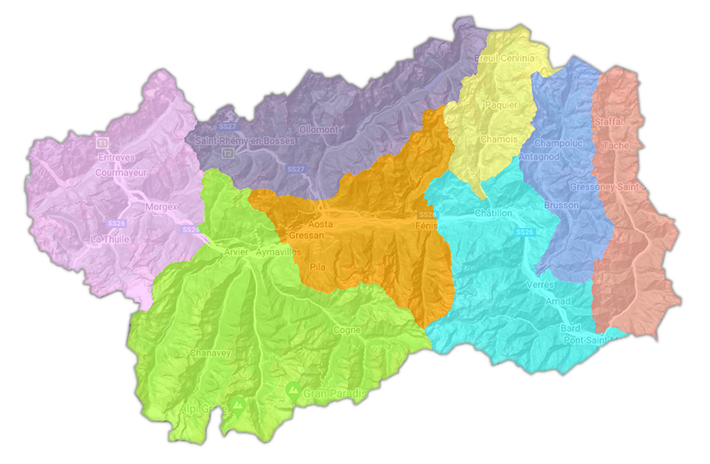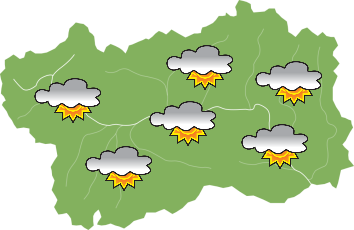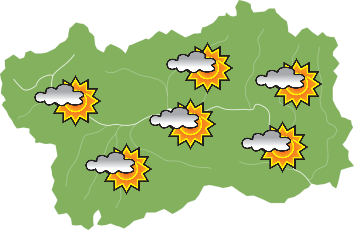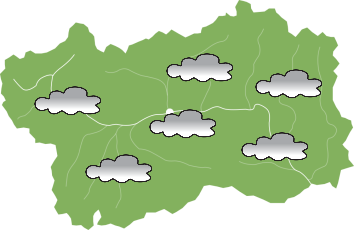Chavacour hospice
Architecture - TorgnonAfter going through a stretch of the old road leading to Valais, you will reach a green valley where, at 2084 meters, there are the enchanting ruins of the hospice of Chavacour, which is supposed to have been the point where merchants on their way to Switzerland via the Col Collon and Arolla glacier received hospitality and food.
The ruins form a square structure with its front facing North and cover an area of 480 m2. Its walls are not dry-stone built, as those of the surrounding mountain pastures, but using stones thoroughly cemented with mortar and sand.
It seems that the building was rather impressive, so much that one wonders if it was a hospice that welcomed merchants, travelers and pilgrims or rather a fortress designed to control and defend the territory. From a documentary point of view, there is little information about it, and the phrase “hospice de Chavacour” itself is in use only after 1800.
According to tradition, Col Collon was a crucial pass for people carrying wine, wheat and other products from Italy to Switzerland, such as for shepherds from Aosta Valley bringing their animals to the fair in Evolène and, in the opposite direction, to lead the cows from Val d’Hérens to the yearly held fair in Valpelline. This pass had also a strategic role for the Challant and Cly families, who had possessions and various interests in Val d’Anniviers and in Sion, territories bordering the Valtournenche, while for the counts of Savoy, who took possession of Cly feud in 1367, this pass had a secondary function, since their transalpine properties were more easily accessible from Little and Great Saint Bernard passes.
It is certain that at the end of 1700 the hospice of Chavacour was in ruins: canon Frutaz suggests that some of its stones were reused in the construction of the nearby mountain pasture Château, dating from 1780.
How to get there
From the houses in Etirol, follow the beautiful trail entering the valley and go on until crossing the river; continue up on the private road n. 1 until you leave it on the left to take the path that allows you to reach the ruins of the Hospice de Chavacour.
Text and drawings freely taken from “Il labirinto della memoria”
By the Scientific Committee of the Musée Petit-Monde










